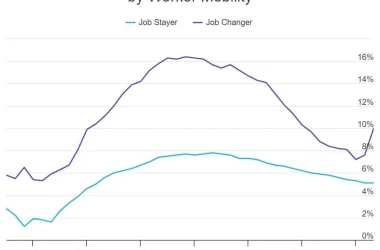The best number now is 7,529 state-owned vehicles … and counting.
Or is that minus five vehicles here, 35 vehicles there, 45 more elsewhere and the 122 to be auctioned this spring and fall?
This week, the Legislative Auditor’s office reported that 7,529 tally — about one vehicle for every five full-time state employees.
According to this report, though it’s the latest list and the “single most consolidated source of information regarding fleet management,” it’s not the final word on state-owned vehicles.
It not only does not include vehicles bought by agencies not required to use the state Purchasing Division’s contract, it also does not include vehicles that opt out of fueling and services by the Fleet Management Division.
In other words, it appears to be a happy medium that is acceptable by the auditor’s office, and apparently will be the baseline for the Legislature and governor’s office.
Though the phrase “happy medium” generally refers to a satisfactory compromise between two extremes, in this instance, this audit weighed three.
In late December, another legislative audit concluded that nobody knows how many vehicles are in the state’s fleet.
In that report, the state Fleet Management Office, the Division of Motor Vehicles and the Board of Risk and Insurance Management all came up with three different numbers.
Different in the sense that their counts differed by as much as 3,000 to 5,000 vehicles.
Though that 7,529 number is in sight of the Fleet Management’s 7,648 number in the December audit, we’re unsure if it reflects recent efforts by to curb the number of state vehicles.
The governor’s office returned five vehicles to the state motor pool within days of his taking office.
That move was followed by the Department of Environmental Protection and the Division of Corrections eliminating 35 and 45 vehicles, respectively.
Next up, the Division of Highways announced it will auction 122 vehicles this year.
Admittedly, there’s still reason for uncertainty about how many vehicles are in the state’s fleet. However, there’s reason to be encouraged that the Justice administration appears serious about taking the wheel on cost control.
Justice and lawmakers should continue to look for ways to reduce wasteful spending if not altogether put the brakes on it.
Obviously, moving a bureaucracy, unlike steering a car, is more akin to guiding an ocean liner — you don’t stop it or turn it on a dime.
It takes time and a measured response to the prevailing conditions and a host of circumstances or obstacles.
But once a bureaucracy’s momentum is eventually shifted, it can be kept in that lane.




